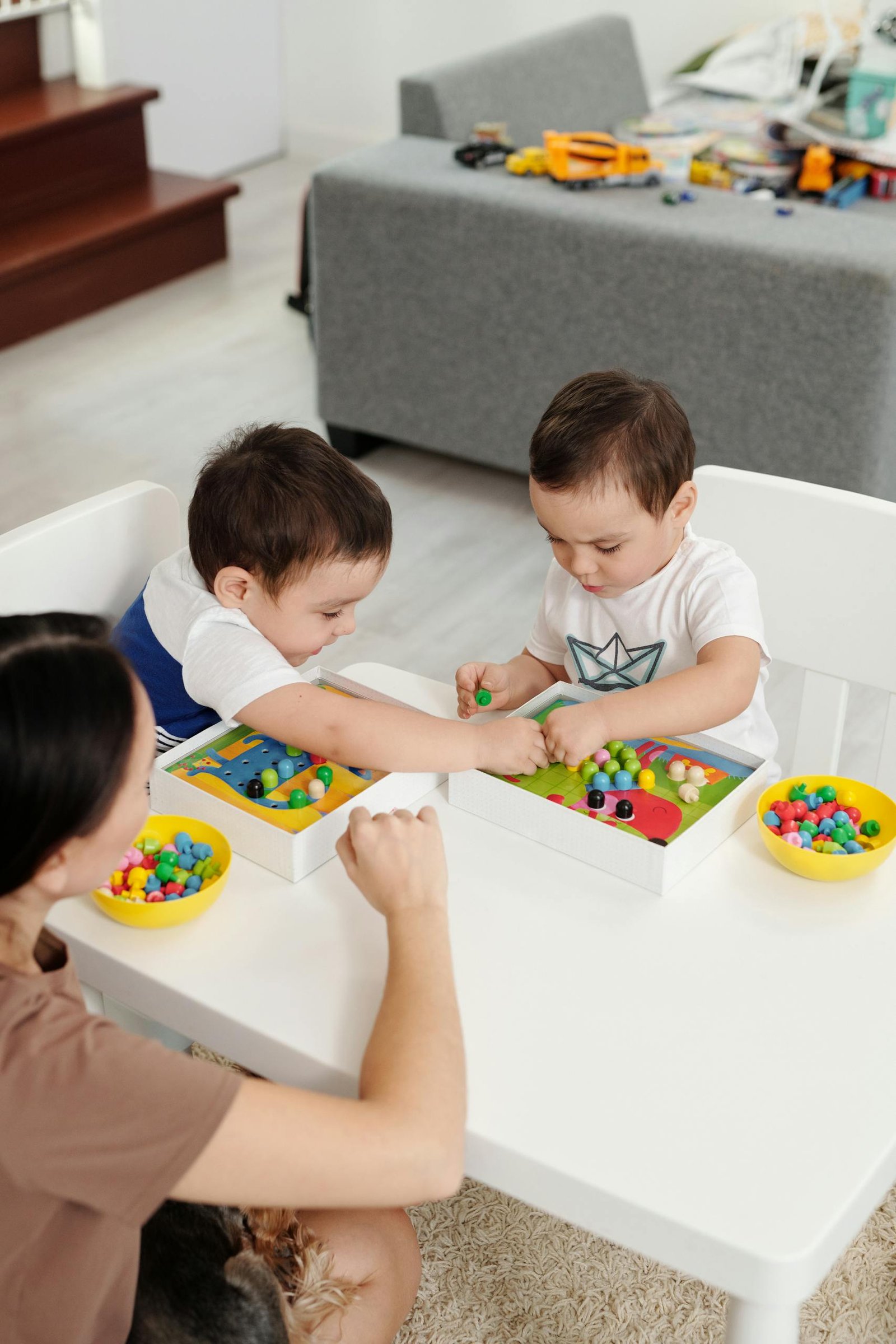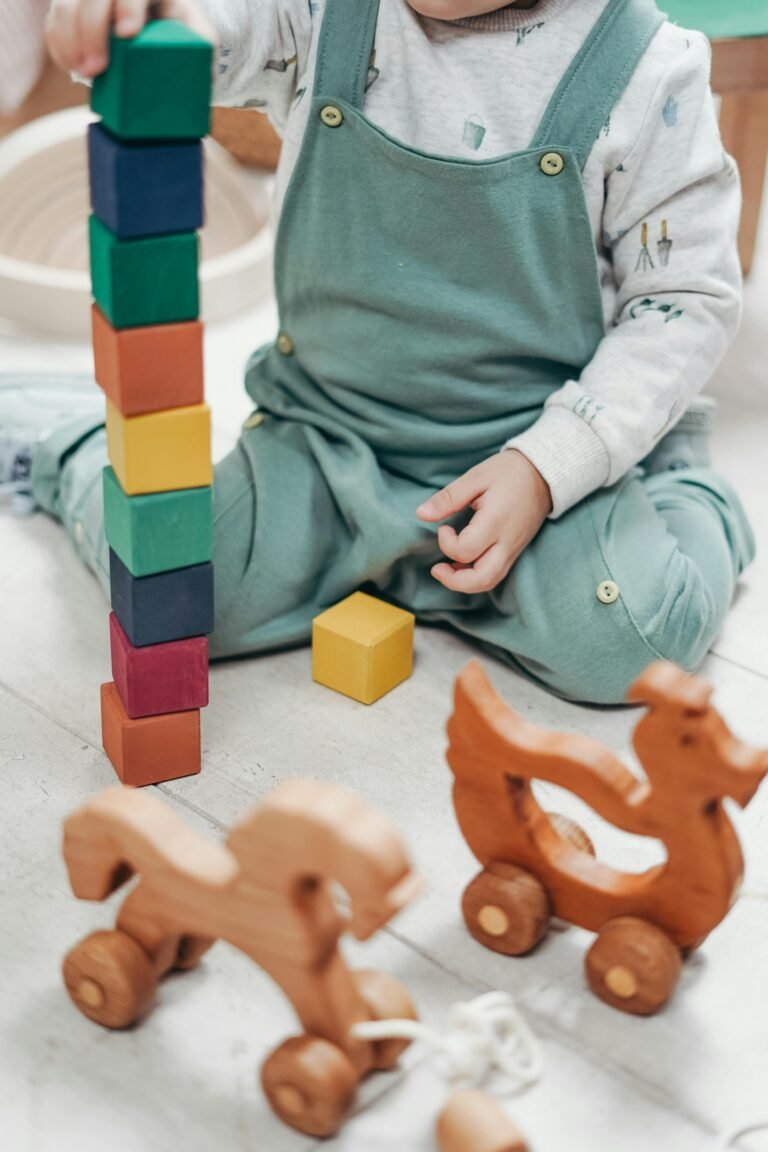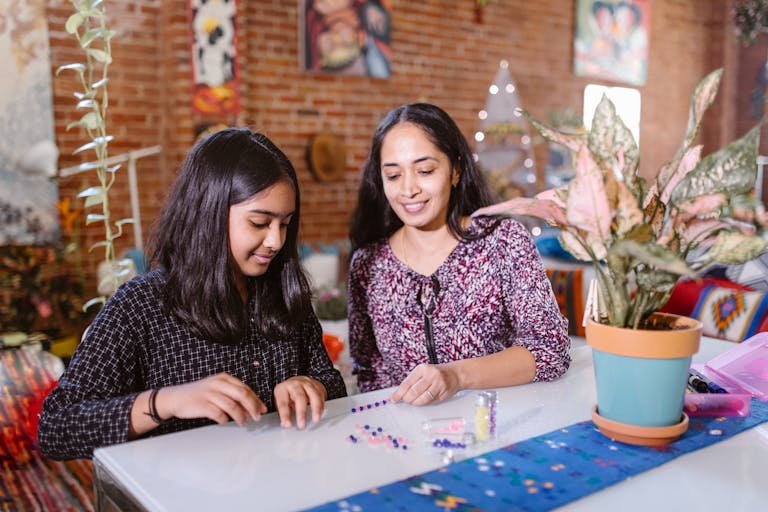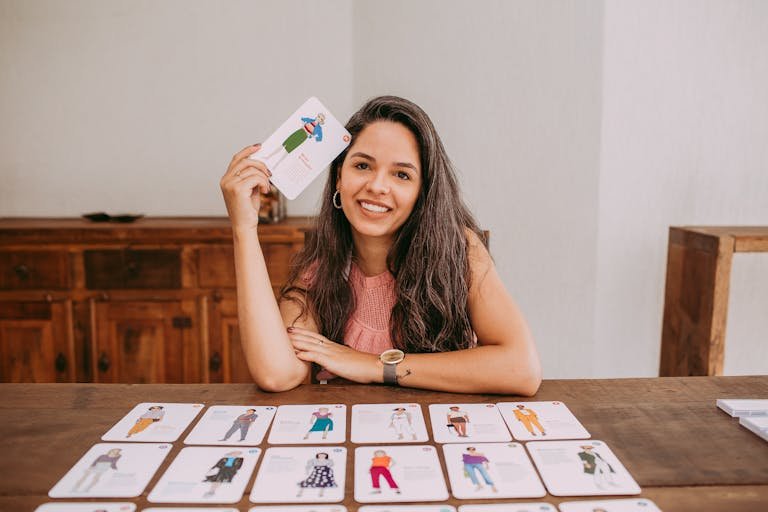
Okay, wonderful parents! Let’s talk about something you do every day: PLAY! As a parent navigating the amazing, sometimes challenging, world of neurodiversity, you know your child is unique and learns in their own special way. What if I told you that those everyday moments with toys could become incredible opportunities to connect with your child and help them learn vital new skills, all while having fun?
I know life is busy, and the last thing you need is more pressure. But this isn’t about adding complicated therapy to your day. It’s about a simple shift in how we see playtime. Think of those beloved toys – the blocks, the cars, the dolls – not just as ways to keep little hands occupied, but as powerful tools for connection and learning. You’re already the expert on your child; let’s explore how to use playtime to build bridges into their world.
The Big Shift: Seeing Toys as Teaching Tools (It’s Easier Than You Think!)
Forget the idea that you need special training or expensive gadgets. The magic ingredient is you actively playing with your child, with a gentle purpose in mind. Instead of just handing over a toy, get down on the floor with them. Think of yourself less like an entertainer and more like a playful guide.
This approach is inspired by Applied Behavior Analysis (ABA), which sounds complicated, but it’s really about understanding how learning happens. At its heart are a few simple ideas we can easily weave into playtime.
Making Playtime Count: Simple Steps for Big Impact
- Find the Fun (This is Your Secret Weapon!): What does your child absolutely love? What makes their eyes light up? That’s your starting point!
- Know Their Favorites: Is it trains? Sparkly things? Squishy balls? These favorite toys and activities are like gold – they provide motivation!
- Cheerlead Every Little Win: When your child tries something new or uses a skill during play – maybe they point to the toy they want, stack one block on another, or make a sound – let them know you noticed! A big smile, a “Wow, great job!” or immediately letting them have that favorite toy because they tried can work wonders. This is what experts call reinforcement – simply making it more likely they’ll do that cool thing again because something good happened right after.
- Lend a Helping Hand (But Gently!): We all need a little help sometimes, right? Especially when learning something new. If a task seems tricky, offer just enough help to make it successful, not frustrating.
- Show, Don’t Just Tell: Instead of saying “Put the shape in,” maybe point to the right hole, gently guide their hand, or show them how you do it first (“Watch Mommy!”).
- Less is More: Start with the smallest hint possible. Maybe just tapping the correct puzzle piece is enough.
- Know When to Step Back: As soon as they start getting the hang of it, fade back your help. The goal is for them to feel that amazing “I did it!” moment. Think of it like letting go of the bicycle seat once they start to find their balance. This is prompting and fading – giving support, then gradually reducing it.
- Celebrate the Baby Steps (One Step at a Time!): Learning big skills, like sharing or building a tall tower, doesn’t happen overnight. Break it down into tiny, achievable steps.
- Think Small: Maybe the goal is playing with blocks together. First, just celebrate them touching a block near you. Then cheer when they pick one up. Then maybe when they put one (anywhere!). Each little step is progress!
- Example: Want them to ask for juice during pretend play? Maybe first, you celebrate them just picking up the toy cup, then later actually handing it to you, and eventually making a sound or saying “juice.” This is shaping – rewarding these little steps towards the bigger goal.
Ideas for Your Toy Box: Connecting Play to Skills
Let’s look at common toys and how you can use them to nurture skills right in your living room:
- Building Fun (Blocks, LEGOs, Magna-Tiles): Great for practicing colors (“Can you find the red block?”), shapes, asking for “more,” taking turns (“My turn to build, then your turn!”), learning concepts like “on top” or “next to,” and even cleaning up together (“Let’s put the blocks in the box”).
- Let’s Pretend (Dolls, Kitchens, Cars, Dress-Up): Perfect for practicing daily routines in a fun way (feeding a doll, getting dolly dressed), talking about feelings (“Look, the teddy is happy!”), using new words (“Stir the soup,” “Drive the fast car”), and learning how to play with someone else.
- Exploring Senses (Play-Doh, Sand, Water, Bubbles, Music, Fidgets): These can be wonderfully calming or energizing, depending on your child. Use them to talk about how things feel (“Squishy,” “wet,” “bumpy“), sound (“Loud,” “quiet“), or look (“Shiny“). Always respect your child’s lead here – if they don’t like a texture, don’t force it. Offer choices! These sensory experiences can also be fantastic rewards.
- Game Time (Simple Board Games, Matching Cards, Picture Bingo): Even simple games help teach waiting for your turn (so hard!), following simple rules (“Roll the dice”), handling winning and losing gracefully, and basic concepts like counting or matching pictures.
- Making Things Happen (Pop-up Toys, Light-Up Buttons, Simple Cause/Effect Apps): These are brilliant for teaching that fundamental concept: “If I do this, then that happens!” Pushing a button makes music play, flipping a switch makes a light turn on. This helps them understand they can have an impact on their world.
Why Playing “House” or “Car” Matters (Real-Life Skills!)
When we talk about “functional play,” it just means linking playtime to real-life situations. Playing “grocery store” with pretend food helps them understand shopping. Playing “getting dressed” with a doll can make the real thing easier. Building a “garage” for toy cars helps with organization. This makes learning meaningful and helps build independence for everyday activities.
You Are the Expert on Your Child!
Please remember this: You know your child better than anyone. Pay attention to what they love, what frustrates them, and what sensory experiences they enjoy or avoid. Trust your instincts. If they’re obsessed with dinosaurs, use dinosaurs to practice counting or making roaring sounds! Start where they are.
Let’s Try Something Fun This Week! (No Pressure!)
Ready to dip your toes in? Here’s a super simple challenge:
- Grab Their Favorite Toy: Whatever they’re naturally drawn to right now.
- Join In: Spend just 5 extra minutes this week really playing with them using that toy.
- Follow First, Then Guide: Start by copying what they are doing. Show interest! Then, gently try to guide them toward one tiny new thing – maybe handing the toy back and forth, making a sound related to the toy, or pointing to a part of it.
- Focus on Connection: Don’t worry about getting it “right.” The main goal is enjoying that moment together. Smile, laugh, and connect!
See what happens! It’s just about being present and playful with a little bit of intention.
A Little Note on the “Sciencey” Stuff
These simple ideas – using favorites as rewards (reinforcement), giving gentle help (prompting), and celebrating small steps (shaping) – come from Applied Behavior Analysis (ABA). It’s a field backed by lots of research showing it helps children learn effectively. Professionals use these strategies, but the basics are things parents can naturally weave into playtime to make a real difference. It’s about creating positive learning moments.
You’re Doing Great!
Parenting is a journey, and supporting a neurodiverse child comes with its unique path. By seeing playtime through this slightly different lens, you can unlock powerful moments of learning and deepen your connection. You don’t need to be a therapist; you just need to be you – a loving parent, ready to play and guide. Celebrate every small victory, be patient with yourself and your child, and remember that even a few minutes of intentional play can plant seeds for amazing growth. You’ve got this!





